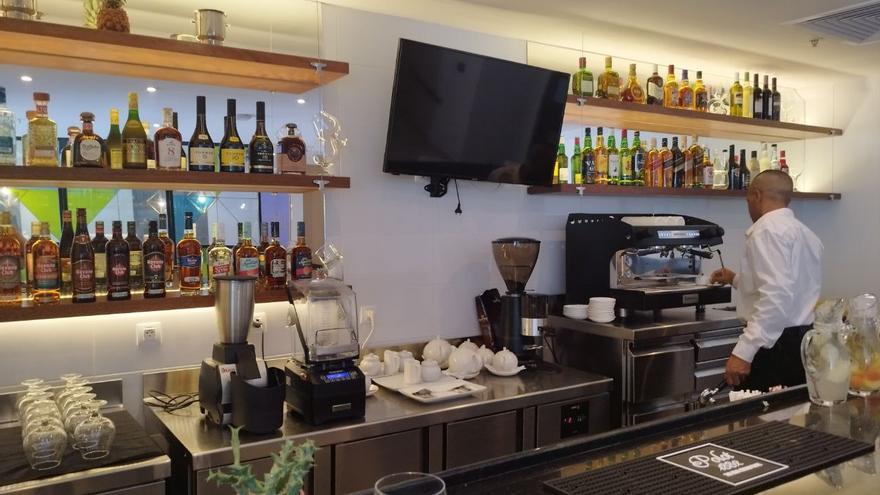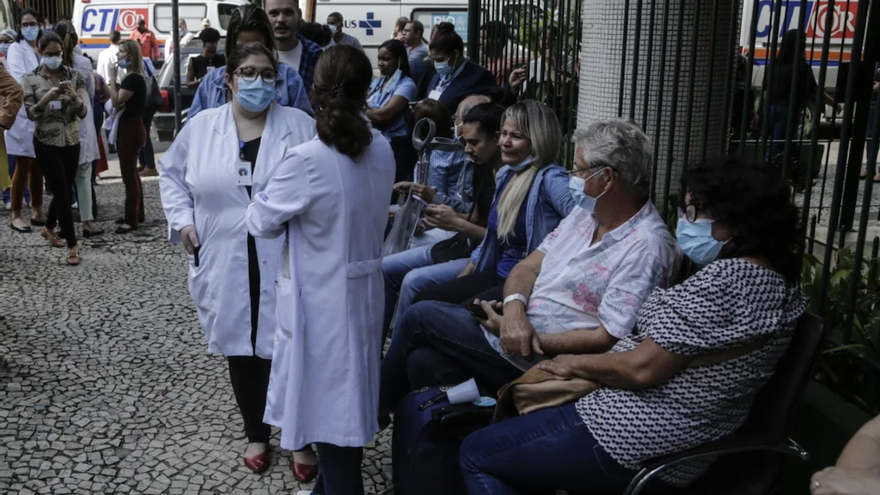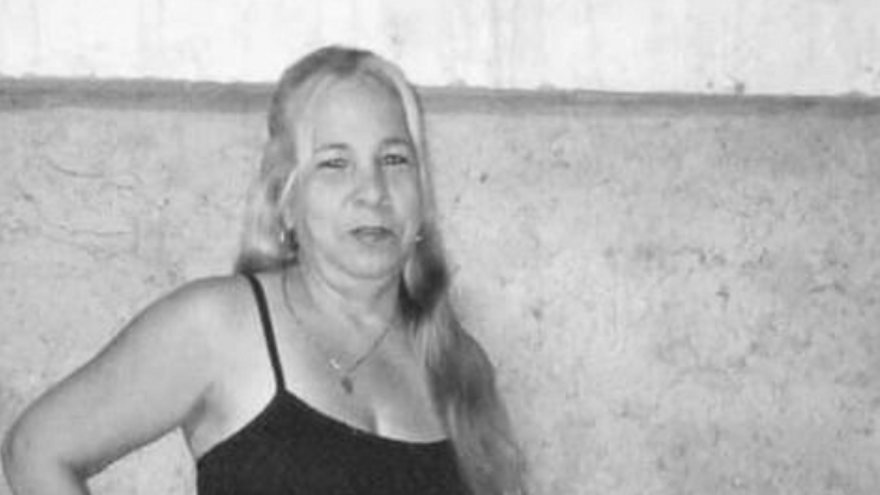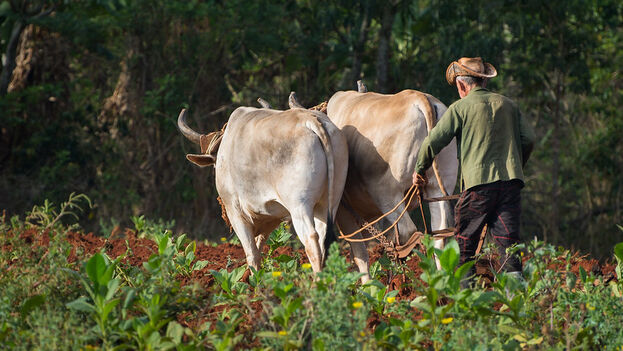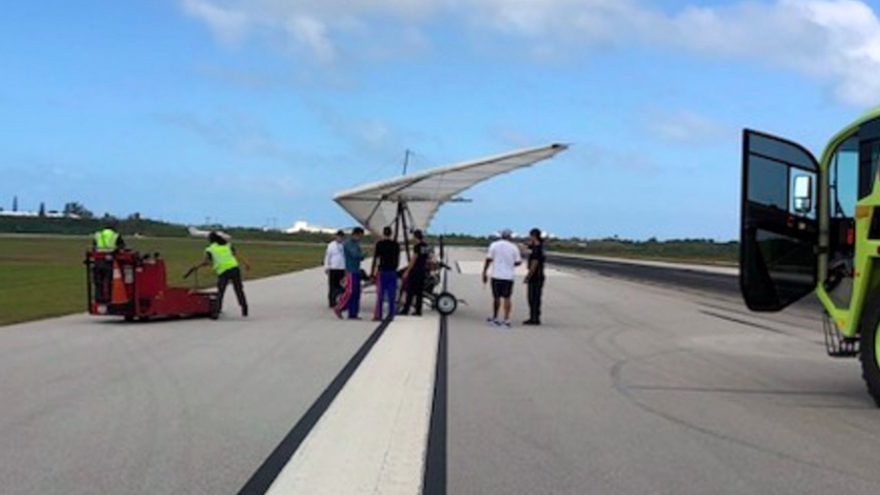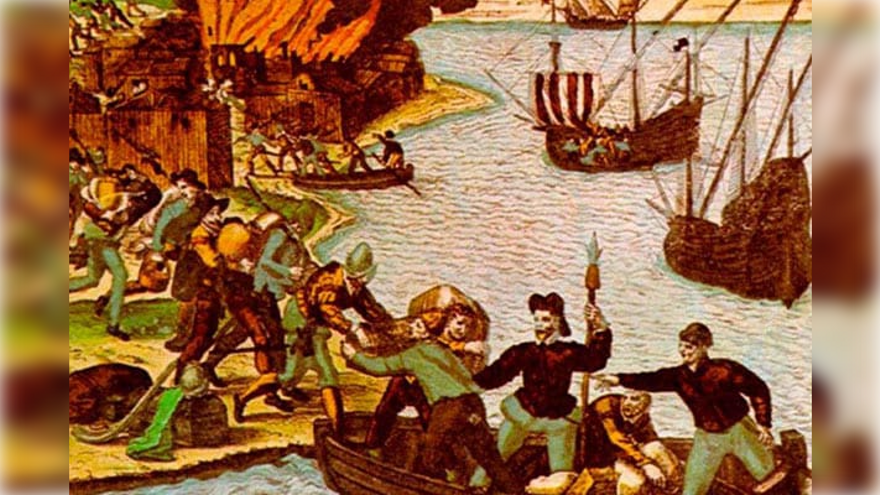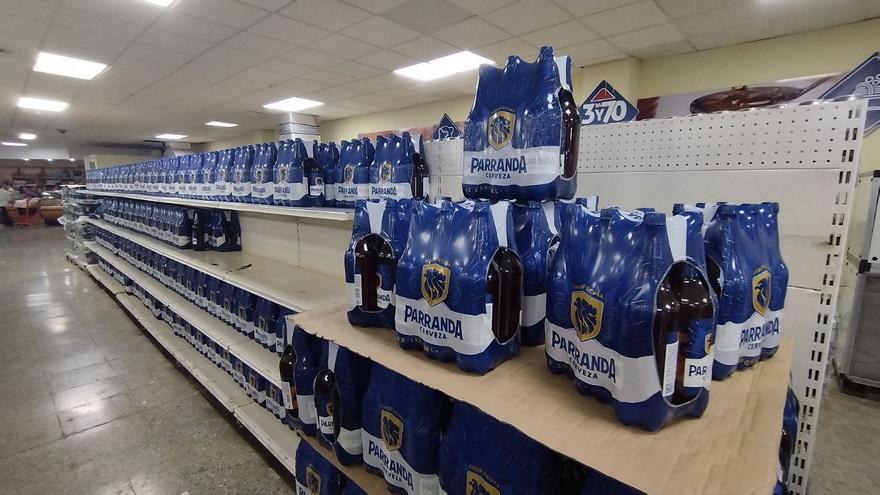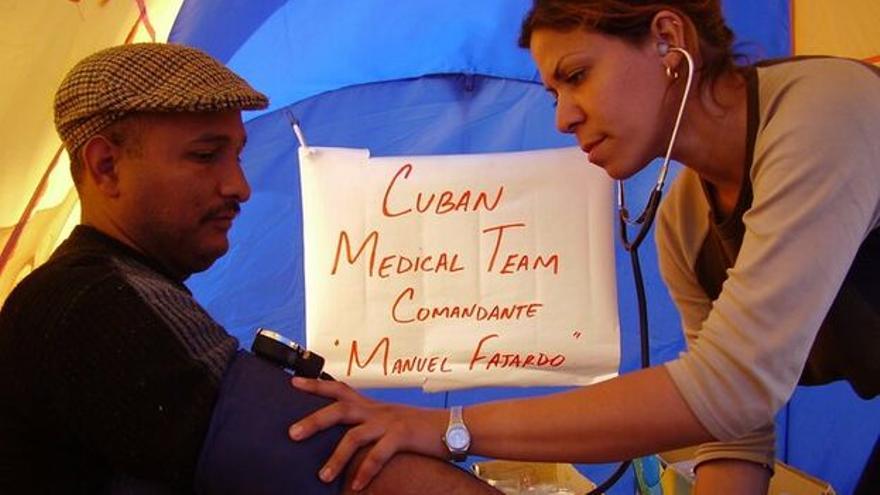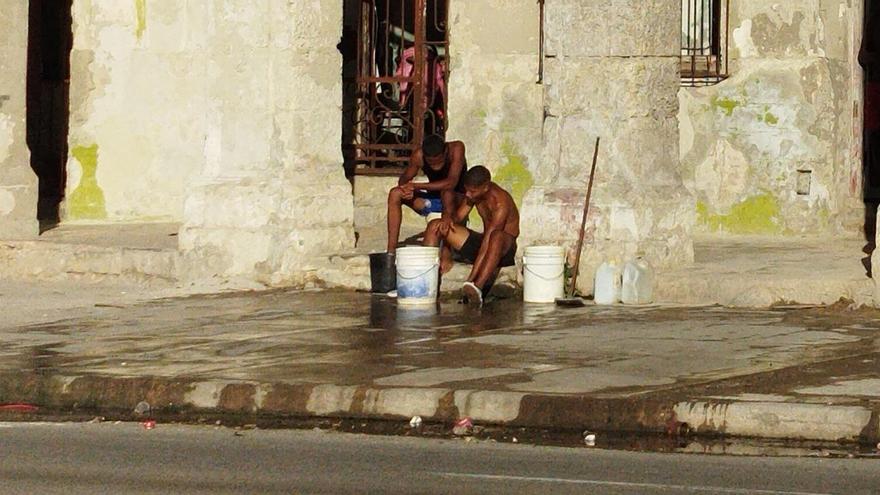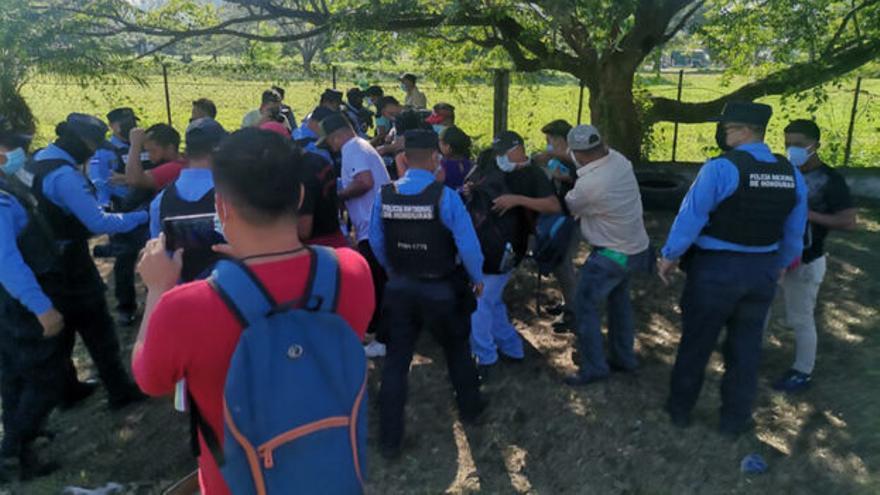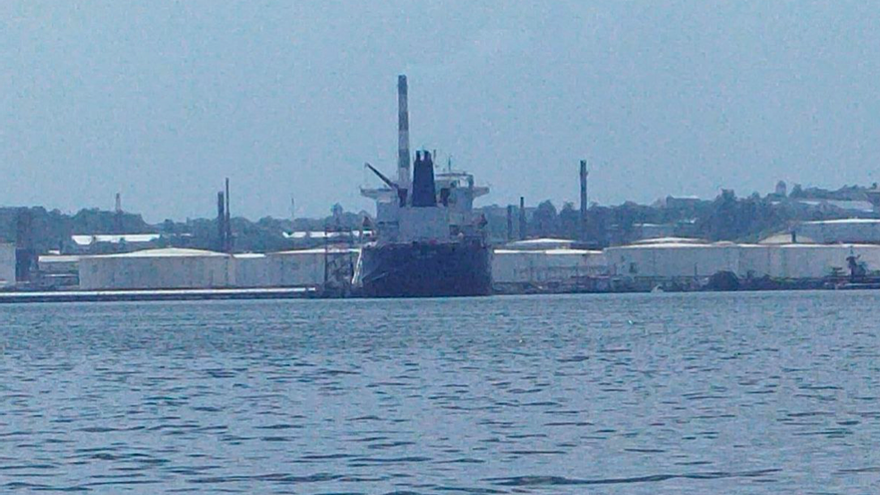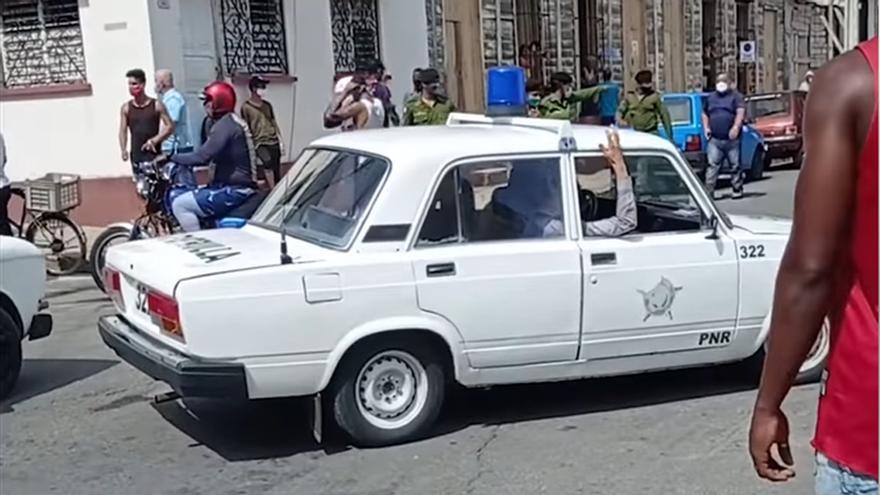
![]() 14ymedio, Havana, 5 July 2023 – — More than 300 opponents, activists and family members have called for “freedom without banishment” for Cuban political prisoners in a letter addressed to Cuban President Miguel Díaz-Canel. With the subject “Voices for the freedom of our Cuban political prisoners” and dated July 3, 2023, the letter insists that “economic, civil and political freedoms” are not recognized in the country and that “regulations are created that legalize the violation and punishment of citizens’ rights and duties.”
14ymedio, Havana, 5 July 2023 – — More than 300 opponents, activists and family members have called for “freedom without banishment” for Cuban political prisoners in a letter addressed to Cuban President Miguel Díaz-Canel. With the subject “Voices for the freedom of our Cuban political prisoners” and dated July 3, 2023, the letter insists that “economic, civil and political freedoms” are not recognized in the country and that “regulations are created that legalize the violation and punishment of citizens’ rights and duties.”
“The past has been controlled, manipulated and erased; the present is controlled and distorted, and the future has an uncertain design where human rights are not essential in a democratic culture,” the document adds. For the signatories, among whom are more than 40 relatives of political prisoners, the government doesn’t allow “every person to express their ideas freely and to be respected in their entirety in any circumstance, without fear of being persecuted, mistreated or condemned for their opinions.”
The text voices complaints to the Communist Party, the Parliament and the Prosecutor’s Office about the conditions in which they keep the opponent José Daniel Ferrer García, confined in a prison in Santiago de Cuba “under constant physical, verbal and psychological aggression.” It also holds the authorities responsible for the “hundreds of men, many of them over 60 years old and even women who are mothers of minor children and others who are adolescents and young people, all of them confined under unjust sentences”
The signatories point out that in Cuban prisons “the human rights of those inmates are violated, including those with any disability, and that because they are political prisoners, mistreatment, beatings and the punishment of isolation cells are applied to them more sternly.” In addition, there is “a lack of attention to the health” of the prisoners and “a lack of medicines for the control of their diseases and the precarious diet to which they are subjected.” continue reading
“Ignoring this situation is cruel and inhuman,” the statement insists before concluding with a call to all Cubans to “visualize the situation of people imprisoned for their ideas, who have been sentenced to long years in prison.” “Let’s remember that the popular demonstration of July 11, 2021 was a reaction of the people and angry youth who loudly demanded Freedom, Freedom, Freedom.”
This Tuesday, Nelva Ortega, wife of José Daniel Ferrer and one of the signatories of the letter, was unable to talk with her husband — the leader of the Cuban Patriotic Union (UNPACU) — in the Mar Verde prison, where they had scheduled a conjugal visit. According to the dissident’s sister, Ana Belkis Ferrer, the authorities only allowed the woman to glimpse her husband, after taking her down the corridor that leads to his isolation cell.
Ferrer’s sister reported that the opponent, imprisoned since August 2021, remains in “cruel, inhuman and degrading conditions” and constantly suffers “physical and psychological tortures.”
Ferrer continues to refuse, according to his relatives, to wear the uniform of an ordinary prisoner and does not accept any negotiation about his exile. In addition, he persists in condemning any relief of US sanctions on the Island and expresses his support for Ukraine in the face of the invasion of Russia.
They also recalled the deplorable state of health of the prisoner, who does not receive medical attention despite “strong pain in his hands, arms, legs, back, head and teeth.” The medicines, arbitrarily administered by his jailers, the family reports, have to be delivered from outside the prison.
After numerous requests to obtain proof of Ferrer’s life, the authorities agreed to have his family visit him on June 22, after three months without being able to see him. His wife and his two children found that the leader of the UNPACU is in a terrible state of health, half-naked and confined in the isolation cell.
“It is totally confirmed that my brother is being murdered in the slowest, most perverse and cruel way that can exist, and in the midst of such a difficult and worrying situation, he sends his message of gratitude to all supportive people, friends, brothers of struggle and ideas, media, institutions and justice-loving governments,” his sister said. “He states that he does not lose hope of getting out of such a hell alive, but that if he does not succeed, remember that he was always willing to give his life for the freedom of his people”
Translated by Regina Anavy
____________
COLLABORATE WITH OUR WORK: The 14ymedio team is committed to practicing serious journalism that reflects Cuba’s reality in all its depth. Thank you for joining us on this long journey. We invite you to continue supporting us by becoming a member of 14ymedio now. Together we can continue transforming journalism in Cuba.


